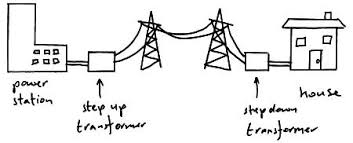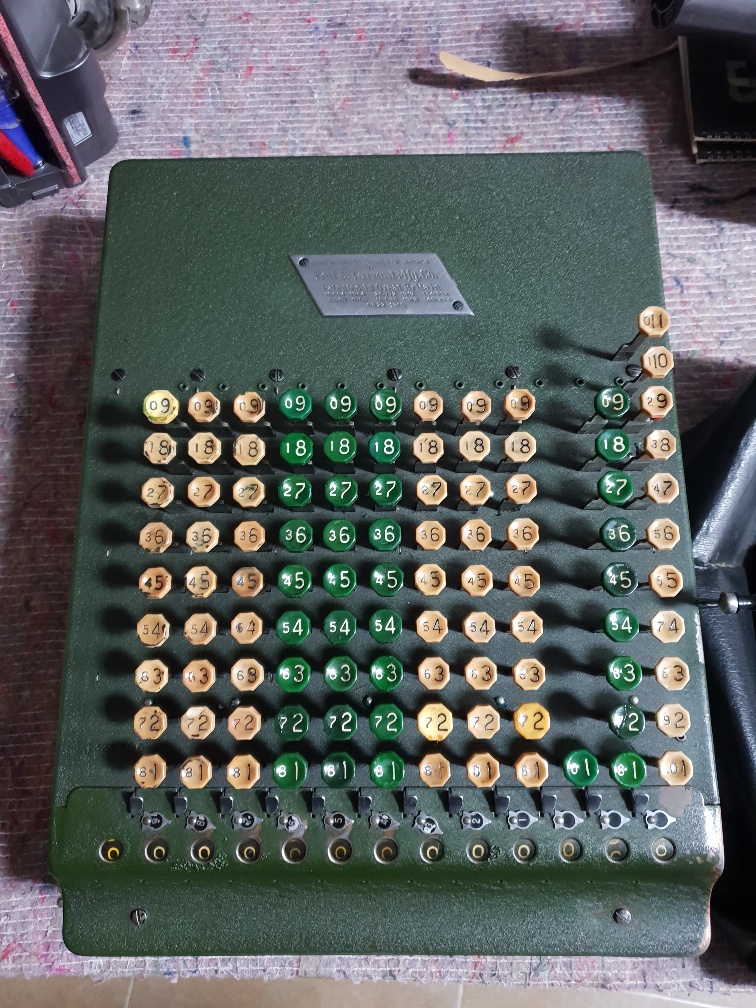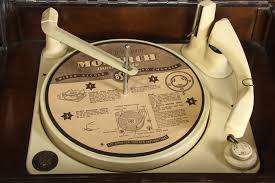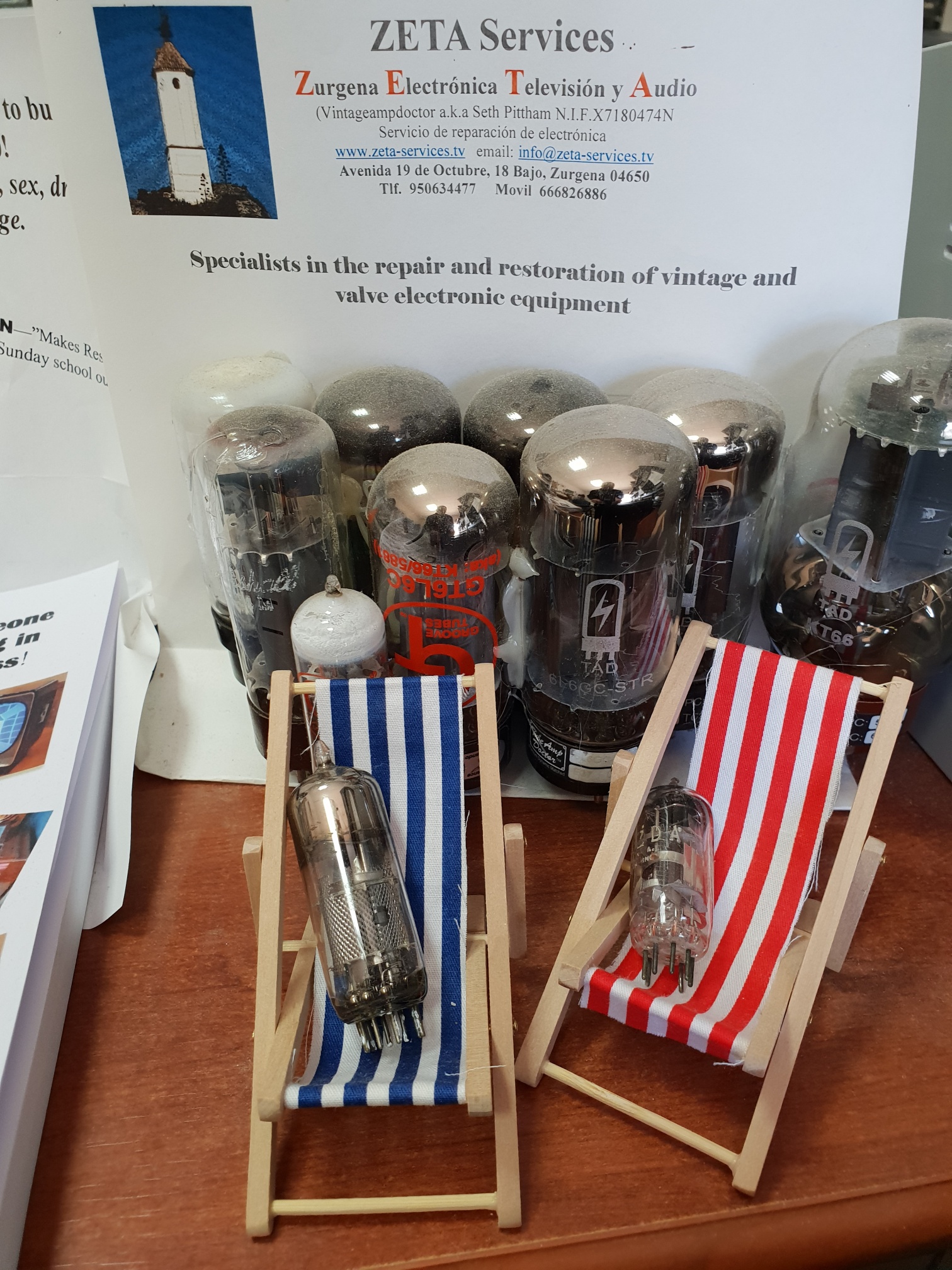
A simple thing as plugging the telly into the mains socket is a given to most of us. But, what goes on behind getting the 230V AC power to the socket? I hear you all shout. Quite a lot as it happens and it was not so simple years ago.
In the late 1800’s, U.S based Nikola Tesla had designed a system to generate and distribute 3 phase Alternating Current (AC). Even by that time, the demand for electric light, motor driven equipment was increasing rapidly. Edison also had put plans forward for a power distribution system, but using Direct Current (DC, like out of a battery). Big battle, but a long story short, Tesla’s AC system was by far the best and most logical. Here’s why.
DC is OK, but once you generate it, you are limited to how far you can send it. It has to be sent by cables and at the voltage you generate it at. Cables possess a thing called resistance. If you send, let’s say 200 volts DC over 2 miles. What you get at the end may be 170 volts depending on the current (Amps) you draw. Overall power is equal to Volts x Amps. What a waste. So, you had to have small individual generating stations near all conurbations.
With AC (Alternating Current), you can now use things called transformers. This makes sending power over great distances much easier. The wasted power that is suffered over the power cables is a function of the current being pulled through them. The overall power we want at the distant end is equal to Volts x Amps as mentioned earlier. So, if we whack up the volts and use less current, the loss in the cables is far less of a worry for the same amount of power.
Britain in the early 1900s, saw lots of small generating companies, all independent, with all sorts of power ranging from 100 – 200 Volts, both DC and AC. A nightmare when buying lamps, motor driven equipment and so on. Those of us of a certain age will remember seeing settings on the back of the TV / Wireless saying 200, 220, 240 V, AC-DC (nothing to do with the set’s sexual leaning). In mid 1920s, the government commissioned a Scotsman Lord Wier, to solve the problem. He put forward a network, based on Tesla’s system. The UK would be supplied with 50Hz AC power, distributed by overhead cables with a voltage of 132,000 Volts. He called it the Gridiron. The “CEB” Central Electricity Board was born. By 1933, over 4000 miles over overhead cable had been deployed, linking the best power stations, about 120, together.
As said, the beauty of AC (the power swings negative and positive 50 times a second, which is why your guitar lead buzzes when you plug it in), is it can be transformed. From the power station to a major town, the overhead pylons carried 132,000 Volts. When this got close to a small town, it would be transformed to 11,000 V. Nearer to houses, it would be again transformed to 230V and fed to underground cables to the home.
This Grid crisscrossing the country allows any power station to hook onto it and feed in energy. Now, the AC voltage is swinging back and forth 50 times a second (frequency, called Hertz) and before the power station connects, the generators (Alternators) have to be fully synchronised to the voltage on the grid. This frequency is linked to the speed of rotation of the generators. Get this wrong… run and hide. Generators could rip themselves to bits, with lots of paper work to complete before going home.
The frequency accuracy, 50Hz, is important, although not so much these days. In the past, many items used electric induction motors. The speed of these is determined by the frequency of the voltage. A clock for example, would run slow if the frequency went down to 48 Hz. An accepted tolerance is 0.1% and that’s varied, + and – over 24 hours making an average.
The monitoring of power demand of the grid is crucial. Companies study the TV schedules and social events, in readiness to produce extra power when needed. A high audience TV show for example ends at 21.00 hours. Kettles, microwaves are put on and demand can go up by 10%. Therefore power stations have to be ready the boilers, open the gas taps, pull out reactor rods and chuck some more pallets on quickly.
The Grids 90th birthday! Big cake, cooked in an electric oven, of course.
Seth, Zeta Services.








